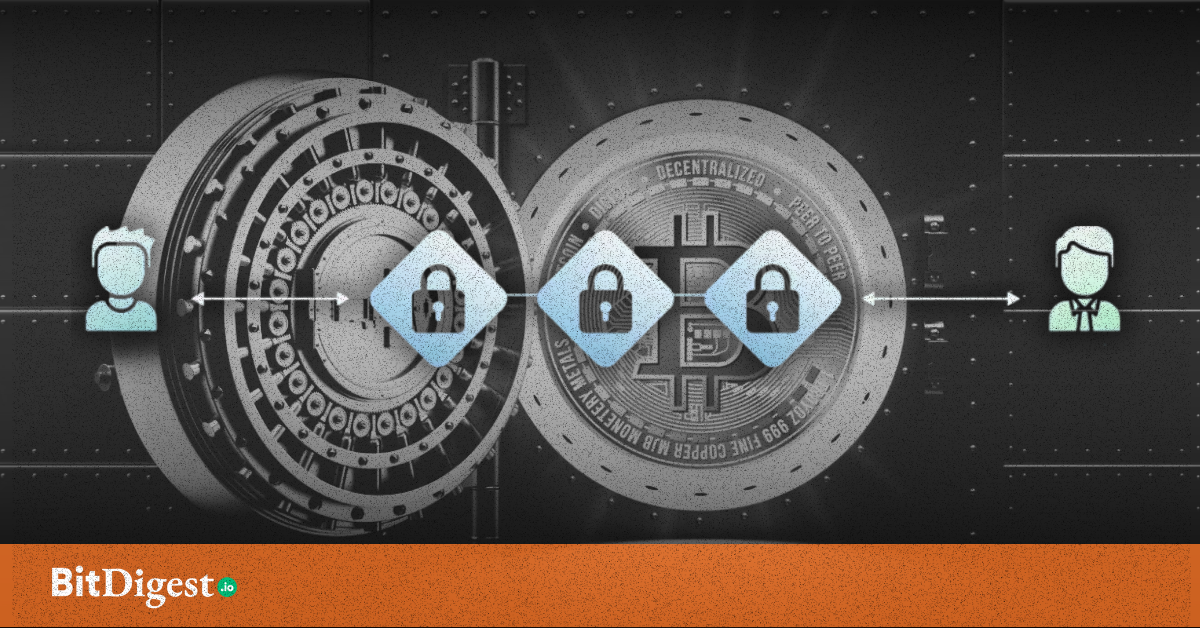Can Blockchain Handle a Nation’s Workload? The Philippines Is About to Find Out
If governments want to use blockchain for tracking budgets, verifying public records, or improving procurement transparency, there's a key concern: can the technology keep up when applied at national scale? The Philippines is now testing that very question. Through a pilot led by the Department of Budget and Management (DBM) and supported by blockchain infrastructure firm BayaniChain, the country is experimenting with real-world blockchain deployment to support governance—and in doing so, tackling blockchain's notorious scalability issues.
Scalability refers to how well a system can accommodate increased demand without slowing down or breaking. For government systems, this means being able to serve millions of users and transactions quickly, securely, and affordably. A system that buckles under pressure won’t be fit for public service. Blockchain technology, while secure and transparent by design, has historically struggled with this. Unlike centralized databases, every transaction on a blockchain is verified across a network. This distributed process ensures integrity but also introduces delays, data congestion, and cost issues as usage grows.
Recent Case In Point
In the Philippine pilot, the Depart of Budget and Management partnered with BayaniChain to publish key budget documents—such as Special Allotment Release Orders (SAROs) and Notices of Cash Allocation (NCAs)—on the Polygon blockchain. The initiative is now bound to a part of a broader vision to eventually put the entire national budget infrastructure on-chain. According to Department of Information and Communications Technology (DICT) Secretary Henry Aguda, the cost of such a system could range from "a couple of hundred million to maybe a billion or so depending on the scope." Still, he emphasized, "whatever we spend on blockchain, if it becomes successful in addressing governance, I think that will be more than worth the investment."—such as Special Allotment Release Orders (SAROs) and Notices of Cash Allocation (NCAs)—on the Polygon blockchain. While the entire contents of these documents aren't placed directly on-chain, cryptographic hashes, or unique digital fingerprints, are recorded. This means citizens and auditors can verify a document’s authenticity without compromising sensitive information or increasing data load. The strategy addresses both privacy and performance.
Looking At The Possibilities
Polygon’s Proof-of-Stake network was chosen in part for its speed and affordability compared to older, more resource-heavy blockchains. It provides quicker transaction finality and lower operational costs. The infrastructure also incorporates BayaniChain’s blockchain-as-a-service platform and the Prismo Protocol, which helps orchestrate how and when information is published, ensuring that only necessary data touches the blockchain. This layered design approach lightens the burden on the network and enhances efficiency.
Importantly, the system demonstrated resilience during an incident involving Polygon’s Heimdall consensus layer. Even as this layer experienced an outage, block production continued via the Bor layer, ensuring continuity in document verification. This resilience speaks to the kind of architectural foresight necessary for governance applications.
Factors Be Addressed In Preparation
Still, important questions remain. We don’t yet know how this system performs at peak loads or under nationwide demand. Transaction speeds, latency, and cost-per-verification figures have yet to be published. It's also unclear how such systems would behave if dozens of government agencies adopted similar protocols simultaneously. Nevertheless, by starting with a lean use case and gradually building up, the DBM pilot presents a cautiously optimistic example of blockchain being shaped for public-sector realities.
Government systems face unique challenges: transparency mandates, high demand, and legal compliance, all while serving a diverse and often offline population. Blockchain’s potential here is real, but only if solutions are deliberately designed with scale, clarity, and accountability in mind.
This pilot doesn’t claim to have solved blockchain scalability. What it does show is that government institutions can begin experimenting with smart design choices—like hash-based verification, efficient consensus protocols, and modular system architecture—that move the technology closer to being usable at population scale.
Scalability, then, isn’t a barrier to blockchain’s public-sector potential. It’s the proving ground. And in the Philippines, that test is already underway.
.svg)


.svg) SHARE TO FACEBOOK
SHARE TO FACEBOOK SHARE TO TWITTER/X
SHARE TO TWITTER/X SHARE TO LINKEDIN
SHARE TO LINKEDIN SEND TO MAIL
SEND TO MAIL





.svg)


.svg)